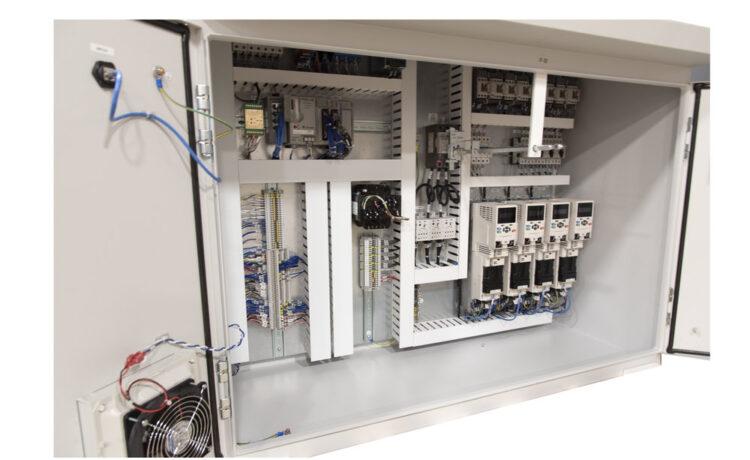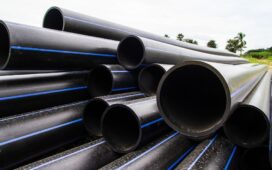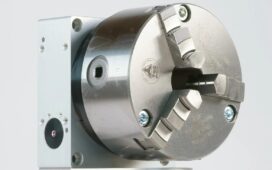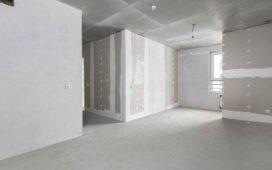When manufacturing precise components in large quantities, quality drives the whole production process. Automatic inspection is one method of ensuring product quality. Automated Visual Inspection Malaysia is a highly advanced methodology. It aids in the resolution of issues connected with conventional inspection procedures.
A look at automated inspection
When one or more of the inspection procedure’s phases are automated, it is referred to as automatic inspection. Inspections are classified as in-line, off-line, or near-line. In-line inspection, for example, refers to examination that occurs immediately after the items are made. This post will go into 3D automated inspection. A automaton 3D scanner, a 3D measuring system, and an autonomous handling system are the key components of an automated inspection system. An automated system may greatly minimize mistakes by replacing most of the tiresome effort of human inspections. It can also spot assembly faults early on, increasing productivity and lowering costs.
Advantages of 3D automated inspection
- Reduce equipment expenses
One of the most frequent methods for firms to do quality control is via a coordinate measuring machine (CMM). The cost for this type of precise device, specifically constructed facilities, and holdings may easily exceed $1 million or even $250,000. In general, the expenses of 3D automated inspection equipment and accessories are substantially lower than $100,000.
- Simple to use
Most automated inspections are turnkey systems that may be tailored to specific needs. Users don’t require much training to utilize it because of its basic user interface. Because it is not affected by temperature and humidity fluctuations, this technology may provide on-floor measurement and eliminate the need for separate metrology laboratories.
- Improve efficiency
Even on complicated surfaces, automated systems can check hundreds of pieces every day. It considerably accelerates outputs since no professional or metrologist is required to load, operate, or unload the machine. Defects and deformations may be quickly found thanks to its specifically developed measuring software, allowing the producer to make the necessary adjustments to the production process.
- Increase the number of repeatable measurement outcomes
Manual inspection processes can result in mistakes, particularly when numerous professionals are involved. Because of its robot-mounted 3D scanner, which may provide an uniform routine and scanning method, it can produce more consistent measurement data for autonomous inspection. The system reduces measurement uncertainties to the maximum degree possible.
- Enhance the upstream process
Automatic 3D Measurement and 3D Inspections Malaysia assists in the monitoring of the production process in real time. It gives a substantial quantity of data for accurate tolerances. This feedback data may be studied immediately to enhance the upstream process. As a result, the manufacturer may transition from preventive to proactive quality management.
Reasons to Use 3D Scanning for Quality Control
The manufacturing floor may now serve as an extension of the metrology lab thanks to 3D scanning for quality assurance. Micro Modular System’s 3D scanners are the ideal accessory to the coordinate measuring machine (CMM) since they are designed to measure components in the manufacturing environment without compromising part alignment or measurement accuracy. The CMM is now only used for the most sensitive inspections of high-tolerance features, while 3D scanning takes over for all other controls. As a result, not only is it possible to unload the CMM, but also quality is maintained throughout production, easy and daily checks are sped up, and diagnostics for reported quality concerns are improved. Indeed, now that Micro Modular System has developed state-of-the-art 3D scanning technology, everything is possible. The size, form, geometry, surface polish, and substance of an item have no bearing on your ability to scan it. It’s up to you to execute quality checks anywhere on the factory floor. Increased productivity like this makes it possible to include additional quality checks throughout production, leading to higher-quality final products.







